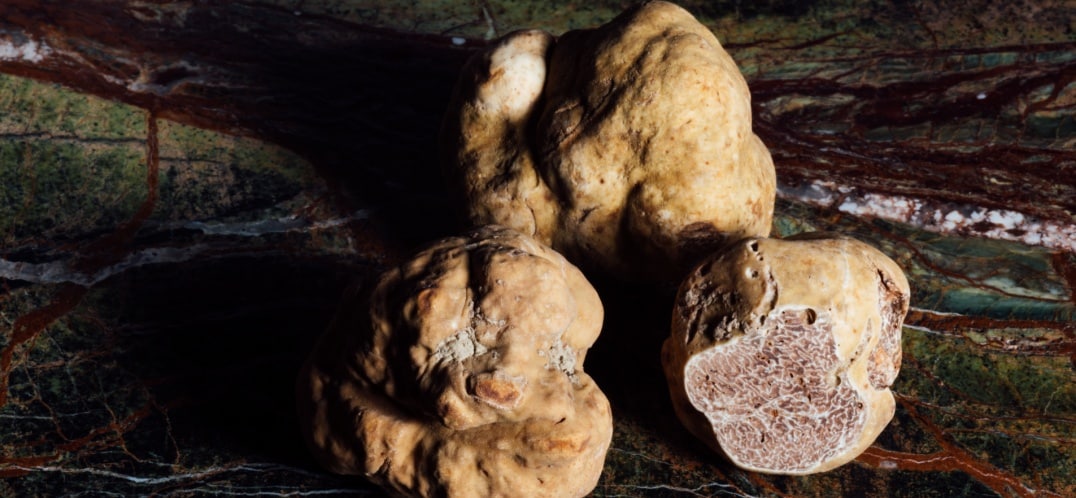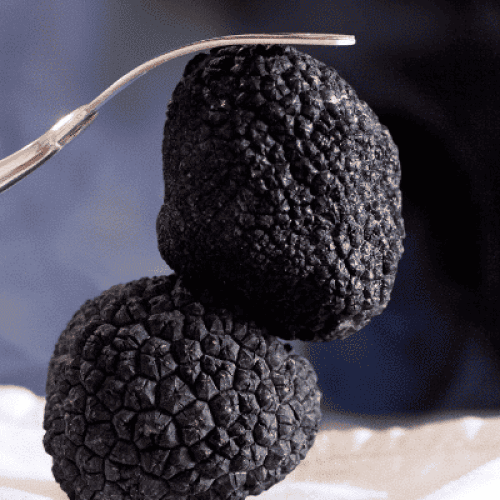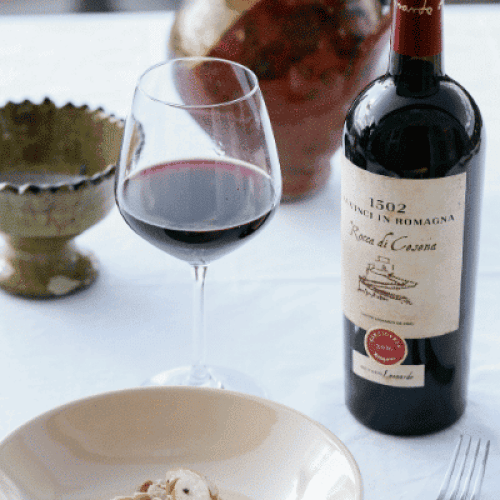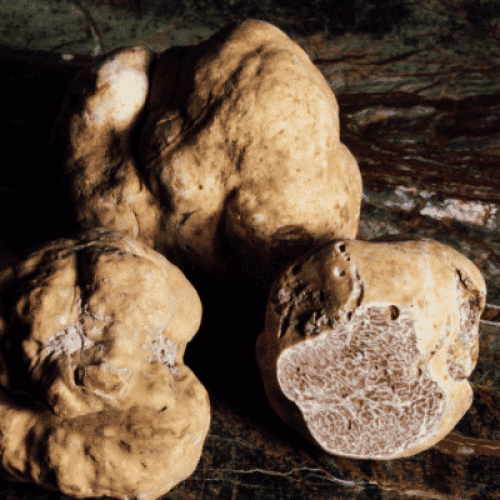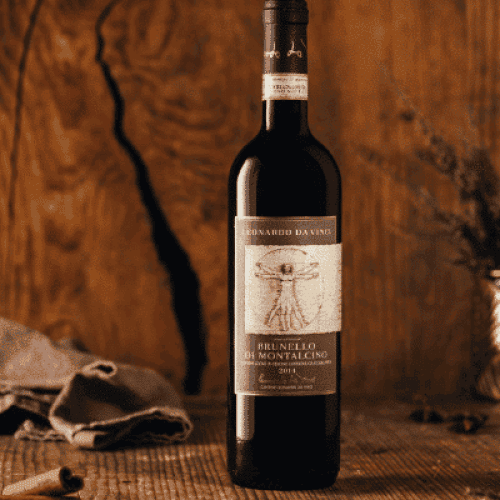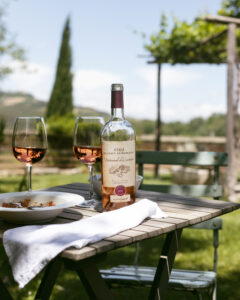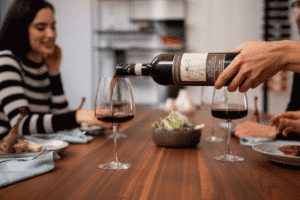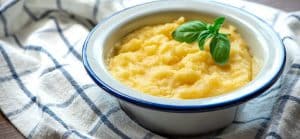Gold nugget: the regular name of the truffle. Recognized throughout the world as food of inestimable value, truffle is an underground fungus similar to a tuber that lives underground. Bringing a truffle to the table is always a special occasion due to its delicious flavor and its exclusivity. It goes without saying that wine pairing is an important issue.
First of all, it must be kept in mind that we are not talking about truffle, but about truffles, since there are various types depending on the season and the area in which they are picked. The truffle often lives in symbiosis with the roots of trees such as oak, linden or poplar. The shape is established according to the soil in which it grows: a soft and moist soil favors a spherical shape, while a hard and dry soil, with stones and roots, favors a lumpy shape. The history of the truffle has very ancient origins. It was a protagonist for at least two thousand years, as evidenced by some works including the writings of Pliny the Elder in his Naturalis Historia, dedicating an entire chapter to the famous fungus. The origin of the name has been debated for a long time, probably deriving from territùfru, a vulgarization of the late Latin terrae tufer (excrescence of the earth), where tufer would be used instead of tuber. Depending on the period and the place in which it is found, the fungus takes on different forms: characterized by an external surface called a perium which is smooth or warty and the interior, the gleba, which is marbled.
Truffle: variety and diffusion
Taking in nutrients underground, the truffle is made up of a high percentage of water, fiber and mineral salts, that is, the organic substances supplied by the tree with which it lives in symbiosis. There are many different types of truffles as well as different woods that host them which represent an itinerary through the most beautiful lands in Italy. In Alba, in the heart of the Piedmontese Langhe: in the bucolic scenery furrowed by rows of vines and historic villages, there are the lands where the truffle finds fertile soil and where the Tuber Magnatum Pico, better known as the prized white truffle, that grows from late summer to the beginning of winter. Acqualagna, in Marche: in the middle of a Natural Reserve such as the Gola del Furlo, there are expanses of land that offer four of the most valuable species. In Norcia, Umbria, among the heights of the Sibillini Mountains, it is easy to find different varieties of black truffles: between December and March, they are usually rounded specimens with light veins. Finally, there is Tuscany, with the city of San Miniato, in the woods of the Apennines mainly provides white truffles.
Truffle and wine: the best combinations
Searching for a wine for truffles is an extremely complex undertaking as they both have a strong and decisive flavor. The wrong choice of wine could compromise the pairing and ruin one of the most expensive and noble products in Italy. The truffle has an intense flavor and is aromatic depending on the harvest season and the geographical area. The key issue in order to avoid bitterness in the mouth is to search for balance and find some points of agreement between wine and truffle. The taste of the truffle is unmistakable and penetrating. The aromas it releases range from hints of damp earth and undergrowth, to hazelnut, honey, and spices. On the table, the most suitable dishes for pairing with truffles are fatty foods, such as butter, cheeses and fondues (as long as they are not too savory, as an excess of salt and spices would risk overwhelming the delicate aromas).
It is necessary to take into account that the suitable combination must be determined by the type of truffle. Incorrectly, one might think that the white truffle goes well with white wine and vice versa black truffle with red wine, while, in reality, the truffle-wine combination is determined on the basis of the intensity of the course they are accompanied by. The white truffle is usually served raw with cheeses, eggs or fresh pasta, as it prefers soft and fragrant wines that leave spacefor aroma. The black truffle, which is featured in many dishes, is ideal when paired with structured red wines that perhaps have a few years of aging.
A good idea may be to marry truffle-based dishes – masterpieces of the kitchen – with just as many oenological masterpieces: Cantine Leonardo da Vinci offers an entire collection dedicated to the most famous and loved wines. From Chianti Riserva to Brunello di Montalcino, ideal when truffles are combined with game, for example. However, there is also the Pinot Grigio, which matches dishes based on egg pasta and truffles, or main courses with white meats.
